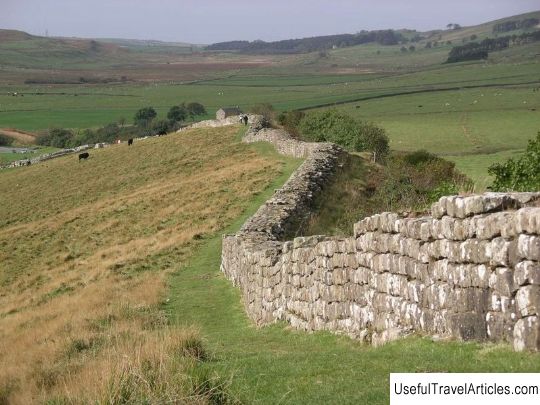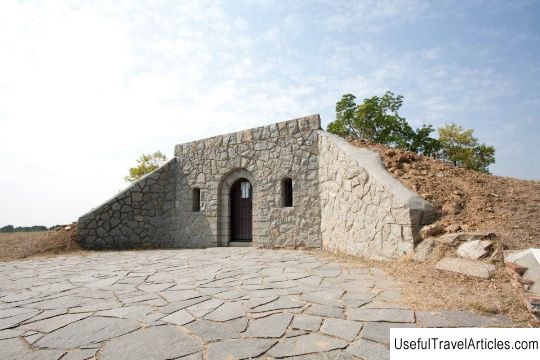Roman Wall (London Wall) in the UK, London resort
Rating: 9,1/10 (1639 votes)  Roman history has left many traces in London. Today one of the most significant monuments of this period is the Roman wall. It was built by the Romans at the turn of the 2-3 centuries. Accurate the purpose of the construction is unknown, but scientists suggest that it should have defend against the invasion of the Pictish tribes who arrived from northern Britain. Romans were great builders, in the British Isles they erected excellent fortifications, they built roads, but their biggest work was this wall. To erect a protective structure, the Romans delivered more than 80 thousand tons on barges tuff. The wall has become an imposing structure 6 meters high, 2.5 meters thick and 5 kilometers long. The building went around the city and led to the coast. Under it 130 hectares of land were reliable protection. Part of the Roman wall survived and has survived to this day. Foundation sights are so thorough that archaeologists and builders are forced to use special tools. Although The London Wall has been reconstructed and fortified more than once, it has always remained in the place where it was once erected by the Romans. For many centuries travelers approaching London saw a city fortified by an old wall. This was the case before the accession to the throne of Queen Elizabeth. The wall was equipped with six gates: Aldgate, Murgate, Bishopsgate, Aldersgate, Cripplegate and Ludgate. Every day they closed on night. During the reign of King George III, the gate became a hindrance to the city transport and eliminated them. However, the names of the gate have survived through the centuries and are now known to Londoners as the names of stops that indicate omnibus routes. Thus, the Roman Wall established city boundaries and now denotes the space of one square mile occupied by the famous financial district - City. This area is considered an amazing heritage past, because in England there are no more places that are so similar to ancient city-state. The Square Mile is not run by the Council of London counties, and the head of the city council is the Lord Mayor of London,"King of the Square Mile." When the structure of the area is very reminiscent of a medieval barony. To see which wall has determined the size and shape of the capital for centuries Great Britain, you can go on a walking tour organized by the London museum. It offers a three-kilometer route from the Tower to the Museum, passing along the remains of the structure.       We also recommend reading Dover House, UK Resort London Topic: Roman Wall (London Wall) in the UK, London resort. |




